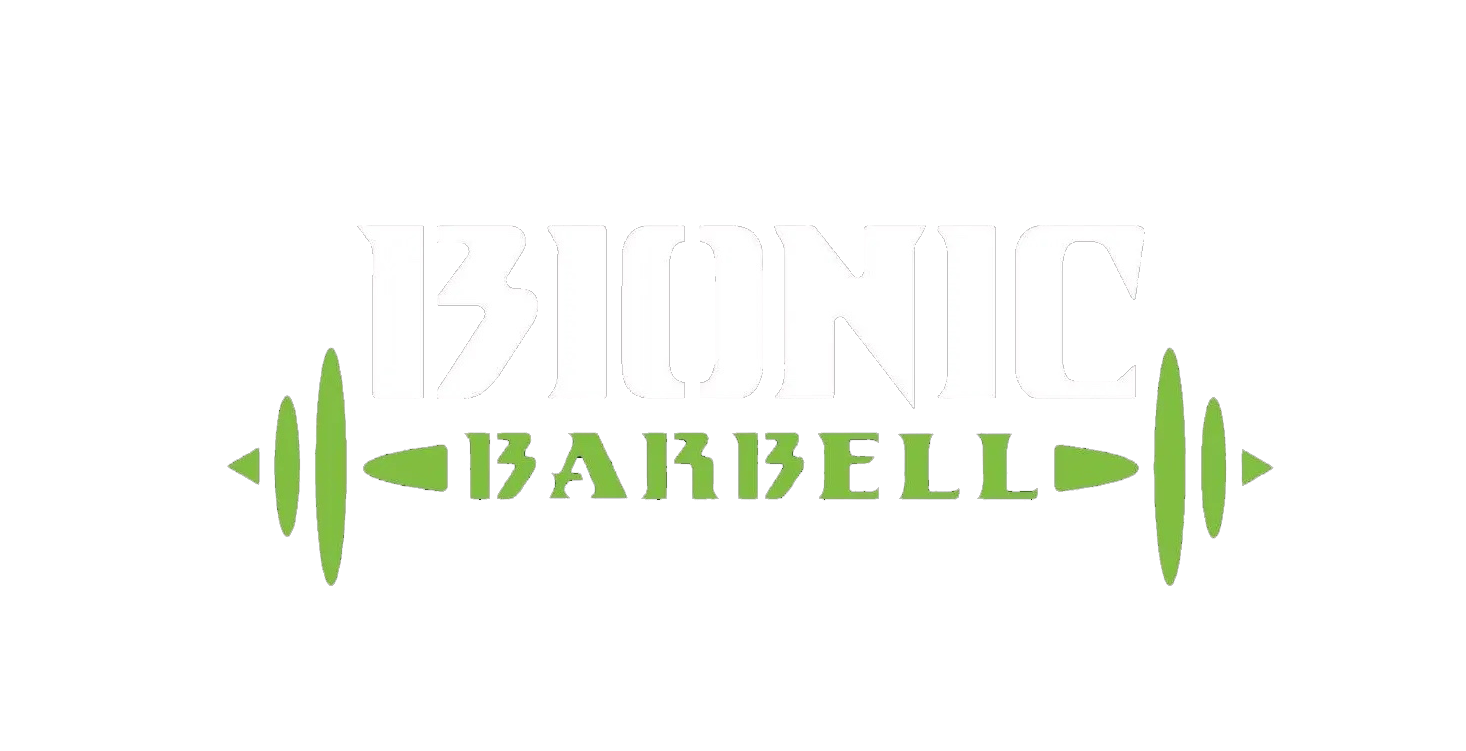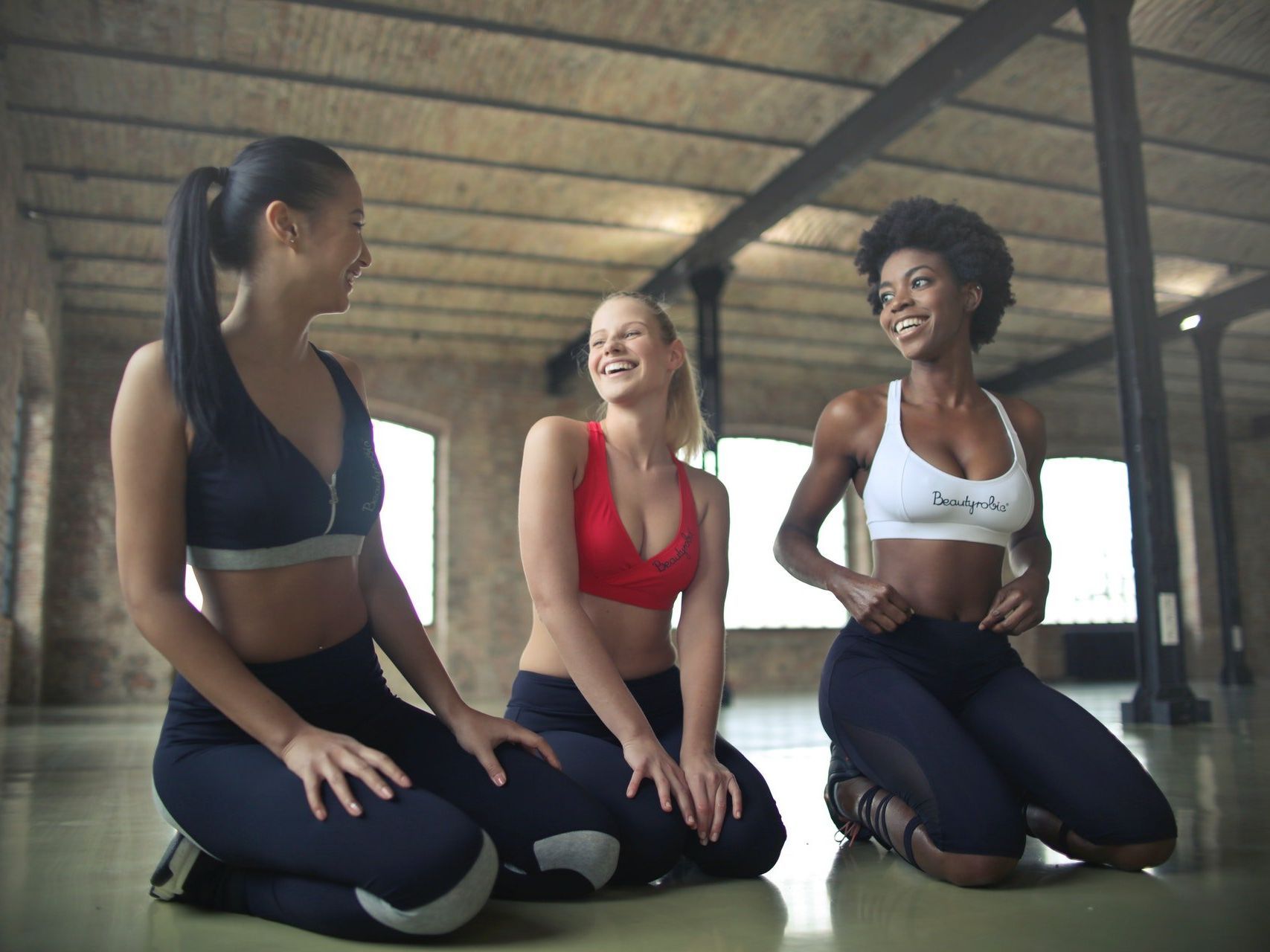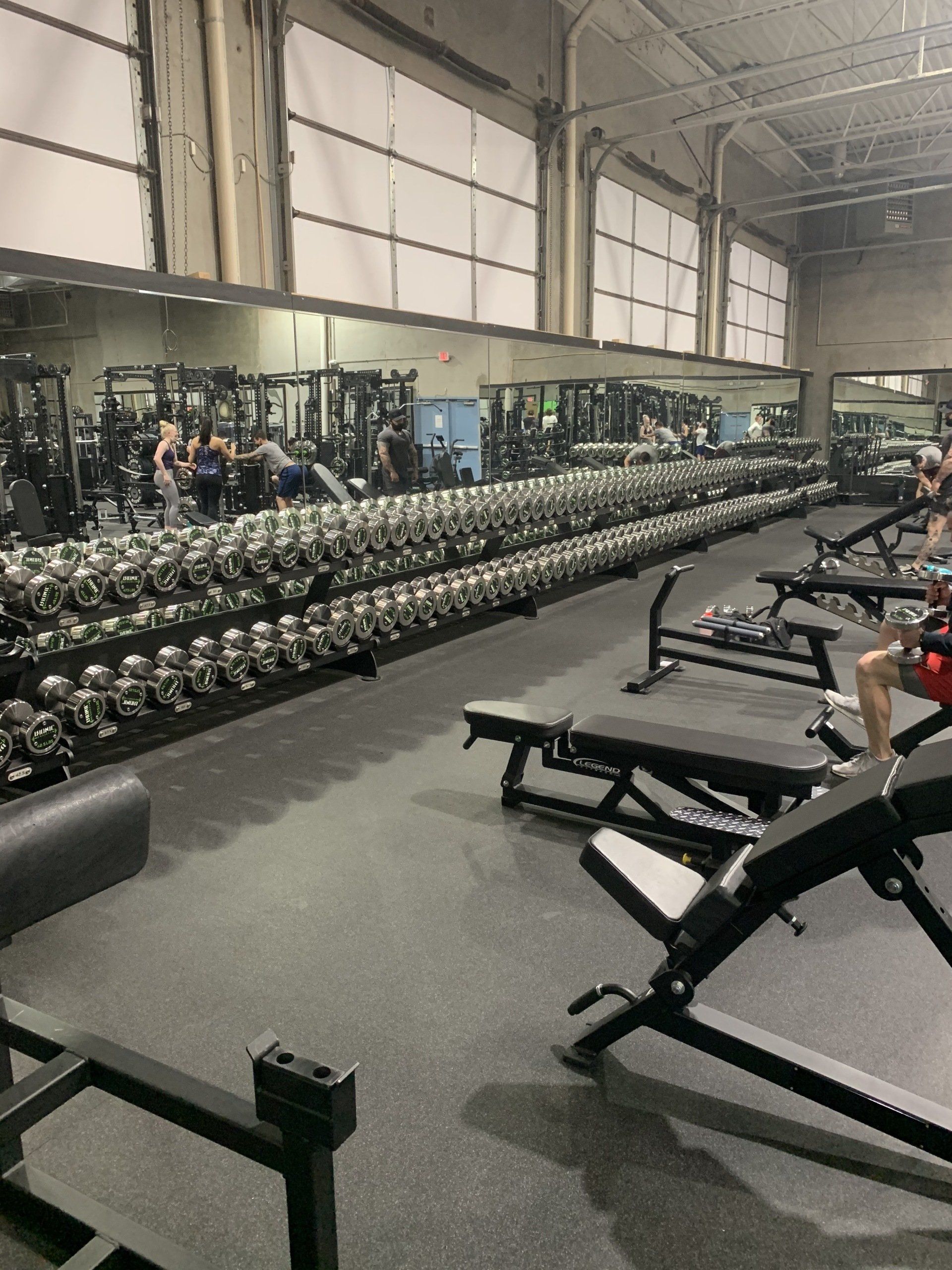A Beginner's Guide to Cardio Workouts
Getting Healthy With Cardiovascular Training

When you decide to take a fitness journey in Las Cruces (or anywhere for that matter), you’re going to come up against the concept of cardio. You have an idea of what this is. It’s the exercise that gets your heart pumping fast and your lungs breathing hard.
You know it’s important, but there might be some gaps in that knowledge. Why is cardio so important? Exactly what exercises count as cardio? What’s really happening with your body as you go through all of this?
These are important questions, and knowing more about cardio can help you plan a fitness regime that really works for you and maximizes your overall health. Cardio might be a word that scares some or makes others feel bad, but today, we’re going to demystify cardio and help you conquer it.
What Is Cardio, Really?
Cardio is a shortened description of cardiovascular exercise. Cardiovascular exercise is a type of physical training that specifically focuses on the cardiovascular system of a body. This includes the heart, lungs, and blood vessels.
A person’s cardiovascular system delivers oxygen and important nutrients to organs, and it plays a key role in overall body health and functionality. When you work on cardio, you get a long list of health benefits :
Overall improvement of heart health- Regulation and lowering of blood pressure
- Increase in blood flow
- Increase in lung capacity
- Strength of the immunity system
- Decrease in risk of heart disease and diabetes
- Increase in the ability to burn calories
- Speed of metabolism
- Support of brain health and sharpness of memory
- Increase in the level of endorphins which directly impacts mood
- Decrease in joint pain
- Range of motion and flexibility support
For beginners, a lot of people associate cardio with only jogging and get discouraged. There are actually many ways someone can add cardio to a workout regime. While jogging is a popular cardio activity, biking, swimming, power walking, rowing, and even specific sports like cross-country skiing are all examples.
Cardiovascular training is all about increasing your heart rate, increasing your breathing rate, and engaging your body in a longer, intentional exercise. Some other descriptors associated with cardio training are endurance training or aerobic exercise. Other activities like jumping rope, jumping jacks, kickboxing, Zumba, and dancing all fall into the cardio category as well.
Beginner Goals
Here’s the thing about cardio. If you’ve never done it, or if it’s been a long time, it’s going to suck for a bit. Some people will try to tell you otherwise, but the hard truth is that most of us don’t really enjoy gasping for air. Even worse, when you haven’t been training cardio recently, you’re probably going to be surprised but how quickly you tax your heart and lungs. Exercises that you might think should be doable are going to feel very strenuous at first.
That might sound like bad news, but it’s actually a source of encouragement, if you think about it another way. No one is immune to this. Getting back into cardio is the same experience for everyone — at least as much as you suck air, struggle, and don’t feel very good for the first couple of workouts.
The additional good news is that unless you have a cardiovascular health condition, your body will respond pretty quickly to a few cardio workouts. As hard as the first routine might feel, everything gets easier from there.
So, when people tell you that you need to do cardio for 20 minutes a day, 3 days a week, don’t let that intimidate you. Just get through one cardio workout this week. Push yourself as long and hard as you safely can, and call it good. Then, do two workouts next week. You’ll notice that you can already push a little longer and harder.
After that, you can try to settle into a real workout routine, and 20 minutes a day, 3 days a week is a great goal. It’s enough to develop your cardiovascular health, and your whole body will benefit.
One more thing about beginner goals. It really can feel bad when you struggle in those first few workouts, so here’s a little bit of perspective to help. Have you ever walked up a flight of stairs and noticed that you needed to breathe hard? Did you feel a little embarrassed?
Don’t.
This actually happens to everyone — even professional athletes.
So, don’t worry too much about how much cardio it takes to wear yourself out on the first day. Only worry about coming back to do it again. That’s the real secret to success.
Other Beginner Routines
That covers some of the mental game that can help you break into a good cardio workout, but what exercises should you actually do?
This depends more on your body than anything else. In simple terms, a lot of the most common and effective cardio exercises can also be hard on the joints. If you’re a bit out of the game, workout-wise, then you want to find some lower-impact cardio to get you started. As you build up your strength, you’ll be able to handle a wider array of workouts.
Note: every person is different, and if you have any existing health issues, it’s very important to account for them when planning a workout. Our trainers are always available to talk about health conditions and how to customize your workouts to your body’s needs.
With all of that in mind, here are a few starter cardio exercises that can get you going:
Stair climber: Don’t start too fast. If you have existing knee or joint problems, skip this one. Otherwise, it won’t be hard on your joints as long as you start slow and focus on form.- Treadmill: You can just jog or run if you want. If you need to start slower, walking uphill can actually kickstart your cardio. Use the incline feature and see how your heart and lungs feel.
- Elliptical: This machine is designed to minimize joint stress. It’s like running without the impact and a great starting point.
- Rowing: Rowing machines will get your heart racing faster than you might expect.
- Cycling: It’s a classic for a reason. The gym is full of stationary bikes, and you can adjust the settings to get a cardio workout that is just right for you.
Of course, you can get access to plenty of cardio outside of the gym too. Las Cruces is full of nice hills and mountains. Even a slow hike will put your heart to work. You can look into swimming or
local sports as well.
Build It Up
Hopefully, you’re starting to form a plan. You have an idea of some workouts you can try, and you’re mentally prepared to feel tired from your first few workouts. Let’s talk about what comes next.
When it comes to building up your cardio, the focus stays on the heart and lungs. In order to do that, you have to engage other muscles. Running works the legs. Rowing is intense on the core. Greco wrestling will make you sore all over.
That leads to a bit of a conflict. In order to push the heart and lungs harder, you have to push other muscles too. Let’s use running as an example.
You might get through your first few runs and then realize that you can maintain a jog for 20 minutes without stopping. Your cardio is responding. But, you find that your legs aren’t able to push much longer. They get really tired, and you run a risk of tripping or falling as you try to push your cardio.
The challenge here is finding the sweet spot. When it comes to cardio, you want to try to keep your heart rate elevated (your lungs will work hard in response to a higher heart rate). The exact heart rate that is right for you depends on a few things, so you can refer to a
heart rate calculator.
The real question, though, is how do you get your heart rate up without overtaxing your other muscles? There are a few philosophies, but one of the most popular (and often most effective) is HIIT.
It stands for “high intensity interval training,” and the concept is pretty simple. Pick any exercise that you like. After a warmup, perform that exercise as hard as you can. If you’re running, do a warmup job, and then sprint. Sprint like you’re being chased like a pack of wolves, but only do it for a few minutes. Then, rest (probably best to rest by walking in this example). After a short rest, sprint again.
You’re utilizing short intervals and the highest possible intensity. This allows you to work your heart well even if your other muscles aren’t fit enough for long, sustained workouts yet. Mixing some HIIT workouts into your plan can really help you get things going. Ideally, you’ll do some workouts that are less intense and last longer while focusing on the HIIT principle at other times.
As always, our trainers can help you work out a concrete plan.
Remember the Whole Body
While we focused on cardio in this article, it’s important as a beginner to start understanding the concept of whole-body wellness. This does not just include regular exercise, but nutrition, hydration, sleep, mental health, flexibility, and regulating stress.
Bionic Barbell is a place where we work to develop that concept. We want to be your Las Cruces gym, and as such, we’ll provide the resources you need to develop your whole body.
Among those great resources out there to help beginners, we also want to highlight the importance of trainers in a gym setting. If you feel you need a little more support in this area, we encourage you to check out our article HERE about how trainers can help.
Good luck!



